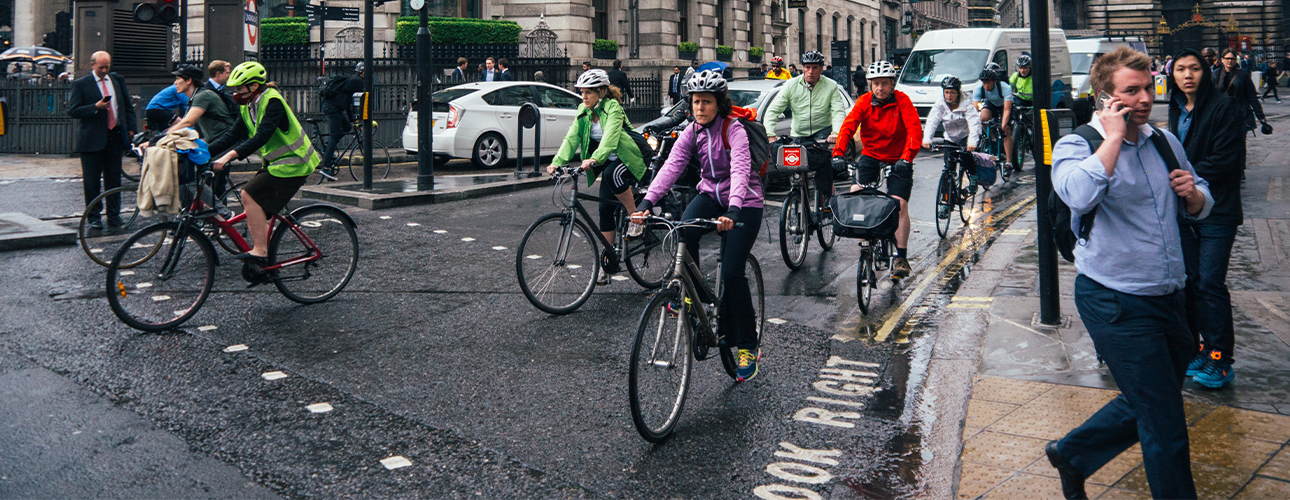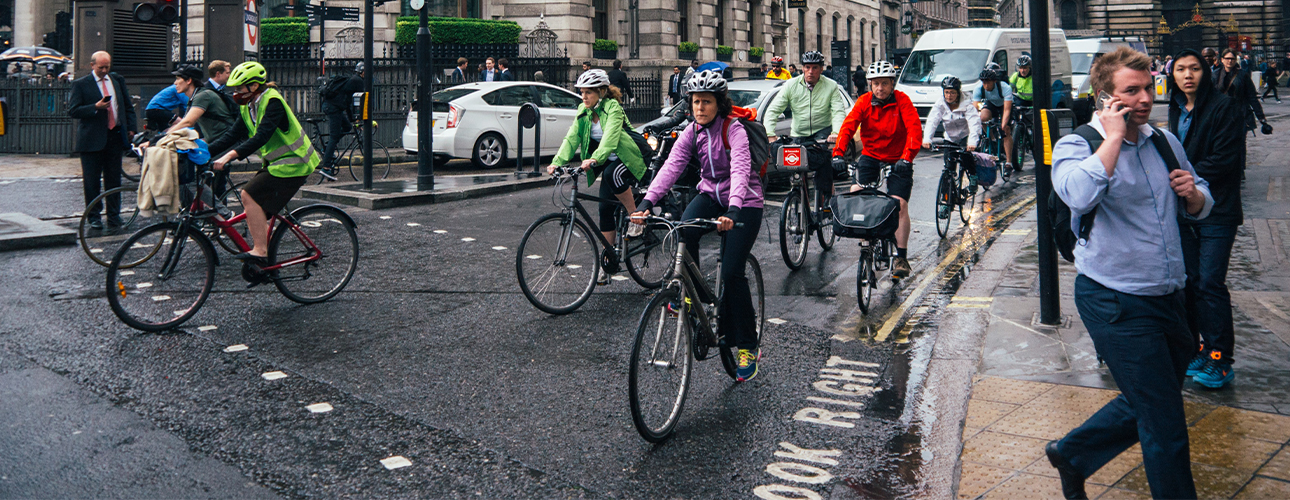We use cookies to make your experience better. To comply with the new e-Privacy directive, we need to ask for your consent to set the cookies. Learn more.


8 Highway Code Changes Drivers Should be Aware of in 2022
Changes were made to the Highway Code earlier this year that affect drivers, cyclists and pedestrians. In total, nine sections of the Highway Code have been updated with 50 rules added or amended.
Although those changes have already come into force, it’s well worth recapping the eight Highway Code changes for 2022 that drivers should be aware of to stay on the right side of the law.
New hierarchy of road users
Probably the most important change to the Highway Code is the new hierarchy of road users, with those facing the greatest risk in the event of an accident now given the highest priority.
That means drivers of HGVs, LGVs, cars/taxis and motorcycles now have the greatest responsibility to take care of and reduce the danger to others. However, cyclists and horse riders also have a responsibility to reduce the danger to pedestrians.
Despite the new hierarchy, all road users must continue to behave responsibly.
Cyclists have priority when turning
Drivers must now avoid cutting across cyclists and horse riders when turning into or out of a junction or changing direction or lane. As a driver, you must give way to cyclists or horse riders whether they’re using a cycle lane or track or riding on the road. Instead, you should stop and wait for a safe gap in the flow of cyclists or for a cyclist to pass before you make the turn.
Pedestrians get priority at junctions
Another change sees pedestrians who are crossing or waiting to cross a road into which a driver is turning get priority. Motorists, cyclists and horse riders must now all wait until the pedestrian has crossed before making the turn.
All other road users must also give way to pedestrians waiting to cross at a zebra crossing. Previously, drivers only had to give way if the pedestrian had already started to cross.
Guidelines on overtaking vulnerable road users
There are new guidelines for motorists when overtaking vulnerable road users (cyclists and horse riders). As a driver, you can overtake a horse rider or cyclist on double while lines if they’re travelling under 10mph as long as it’s safe to do so.
There has also been an update on passing distances:
-
Motorists should leave at least two metres when overtaking horse riders and should not pass them at over 10mph.
-
As a motorist, you should always allow at least two metres when passing a pedestrian who is walking in the road (e.g. when there’s no pavement).
-
You should also give cyclists 1.5 metres of space when overtaking them at 30mph or less and more space when travelling at a higher speed.Priority given to cyclists and horse riders when driving on a roundabout
Motorists on roundabouts must now give priority to cyclists and horseriders and you should allow them to move across their lane as they travel around the roundabout and not attempt to overtake them. Cyclists and horseriders must stay in the left-hand lane of the roundabout even when going across it or turning right.
Changes to the position of cyclists in the road
Although these rules apply to cyclists, as a driver, you should be aware of them so you know what to expect. Cyclists should now position themselves in the middle of the lane on quiet roads, in slow-moving traffic and at the approach to a junction. On faster roads and in busier traffic, cyclists should keep 0.5 metres away from the kerb.
Cyclists riding in groups can ride two abreast, although they should try to move into a single file when drivers want to overtake.
Guidance for leaving your vehicle more safely
Another change to the Highway Code is the introduction of the ‘Dutch Reach’ technique when motorists are leaving their vehicles. As a driver, you should open your vehicle using the hand opposite the door when you’re parked, which makes you naturally look over your shoulder. That can reduce the risk of injury to passing cyclists and pedestrians.
Safe electric car charging
For the first time, specific guidelines for drivers of electric vehicles have been added to the Highway Code. Drivers who are charging their cars should make sure their charging cables don’t create a trip hazard for pedestrians and park close to the charging point.
EV drivers should also display a warning sign (if possible) while their vehicle is charging and make sure they return the cables and connectors properly to avoid creating an obstacle for other road users.
Always stick to the Highway Code
As a motorist, these changes to the Highway Code should be reflected in your driving. If they’re not, you could be found to be at fault in an accident and you may face charges as a result.
